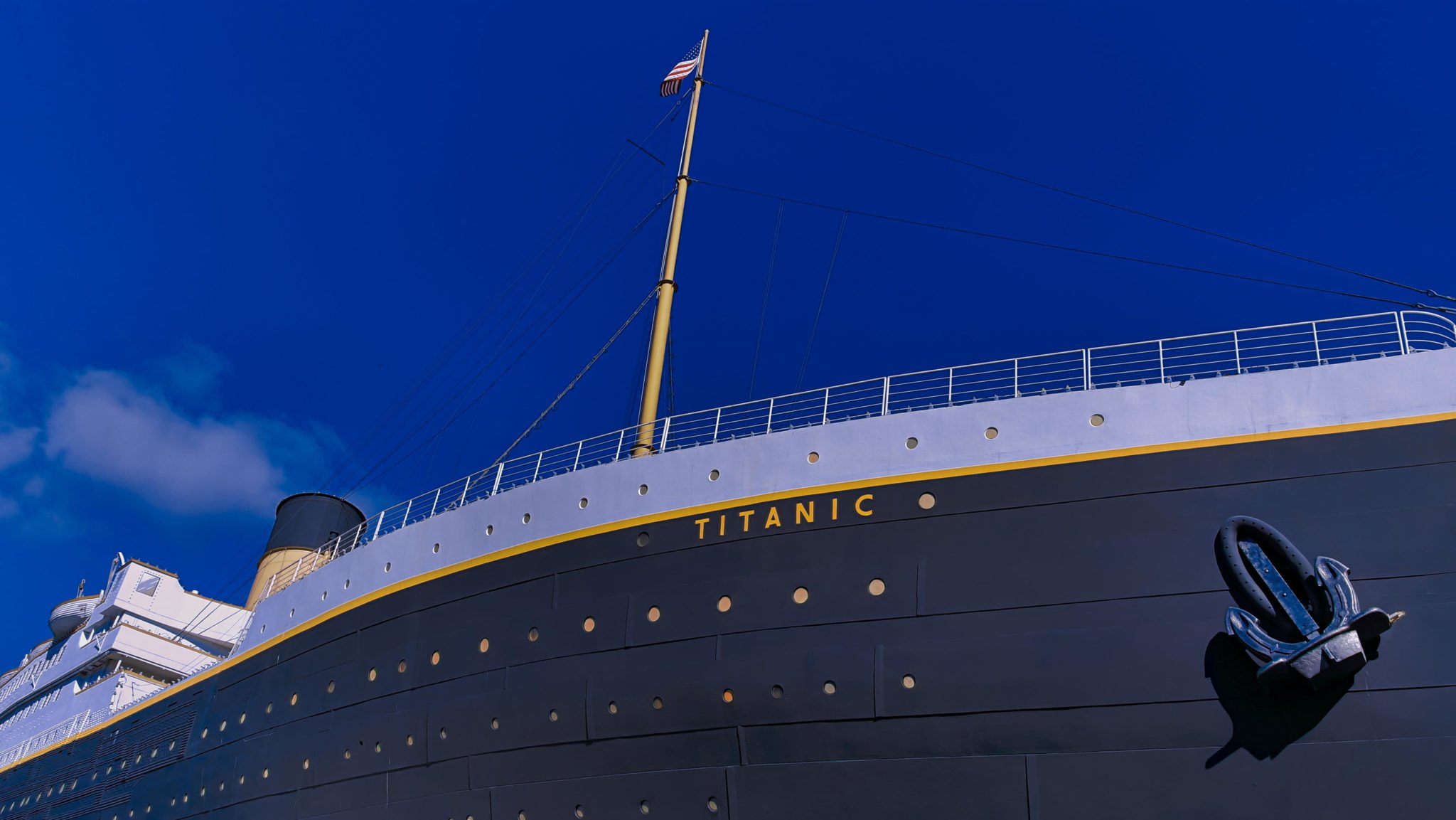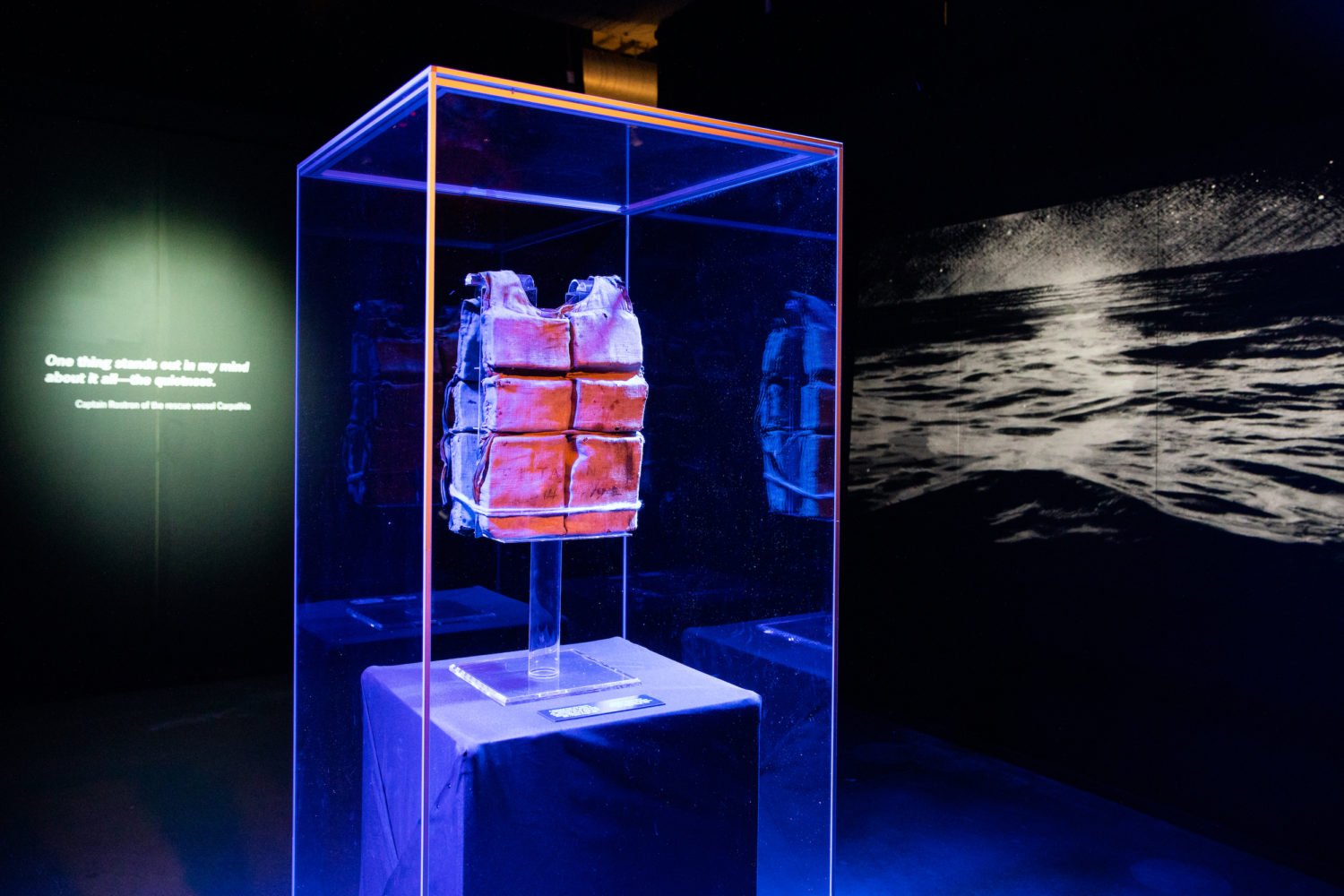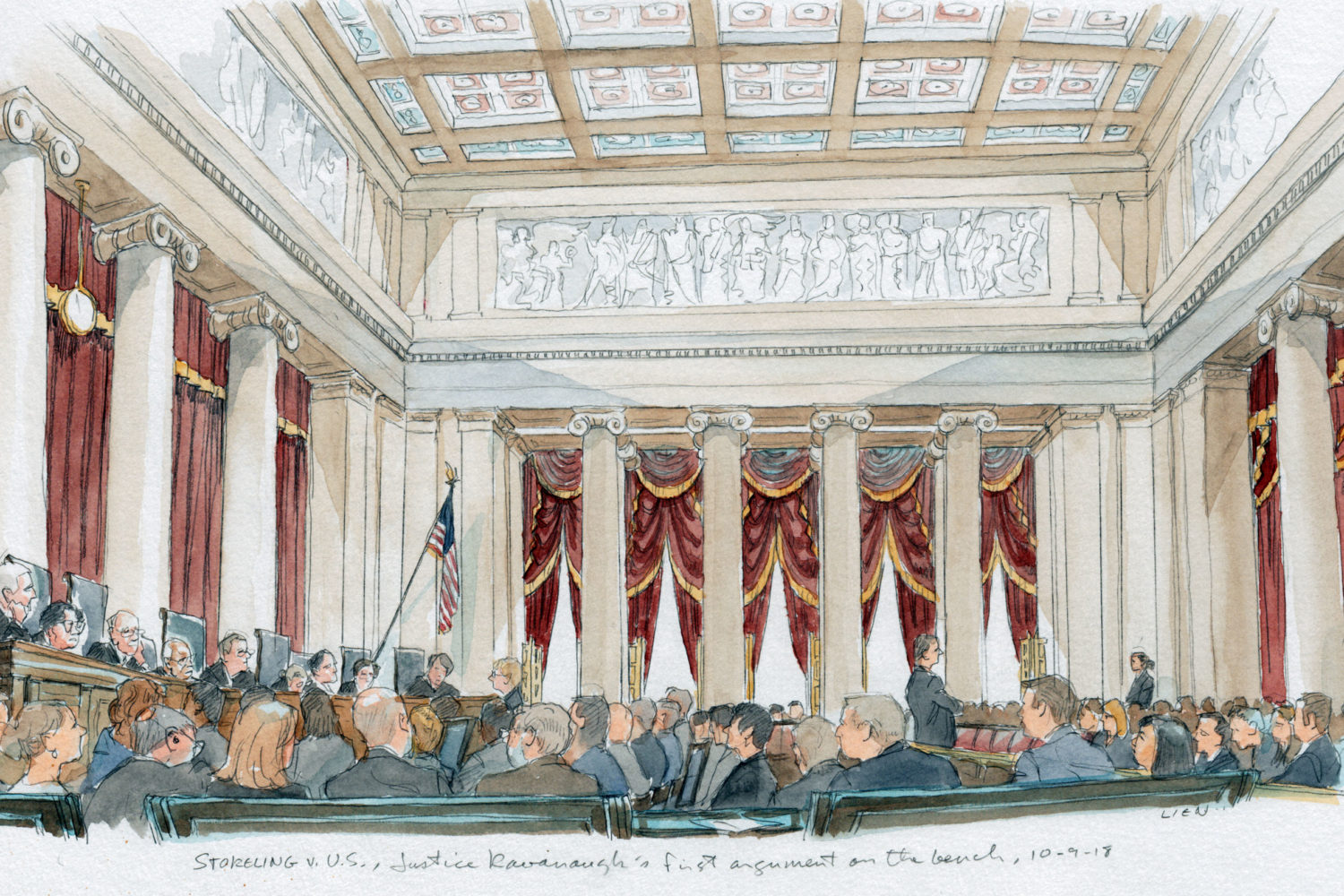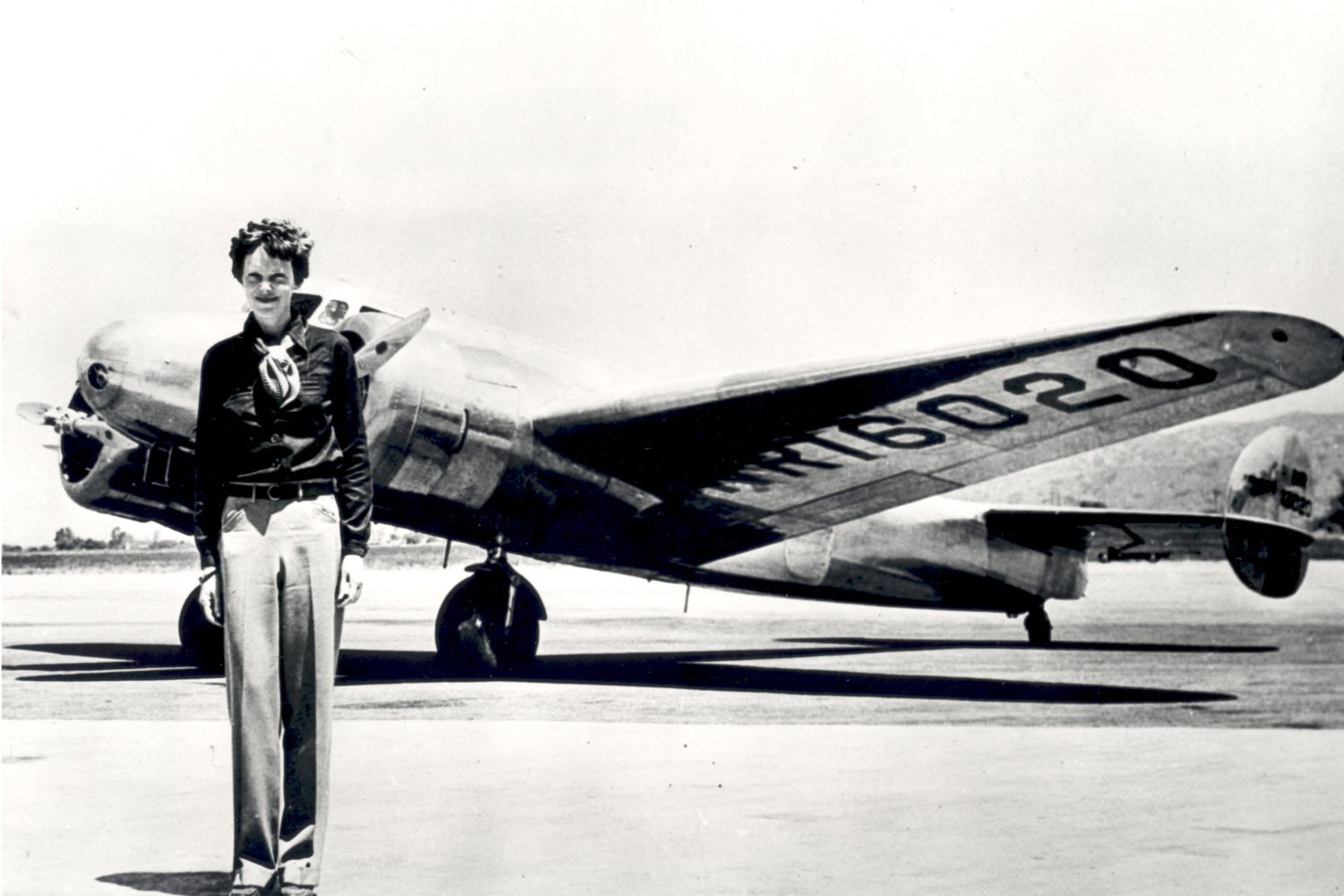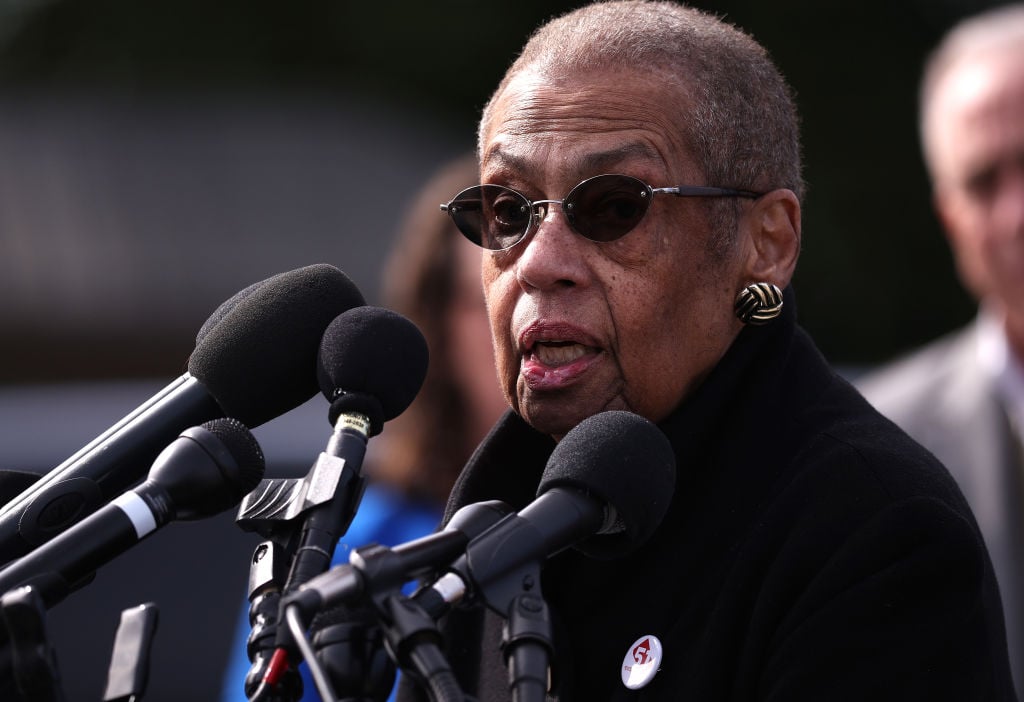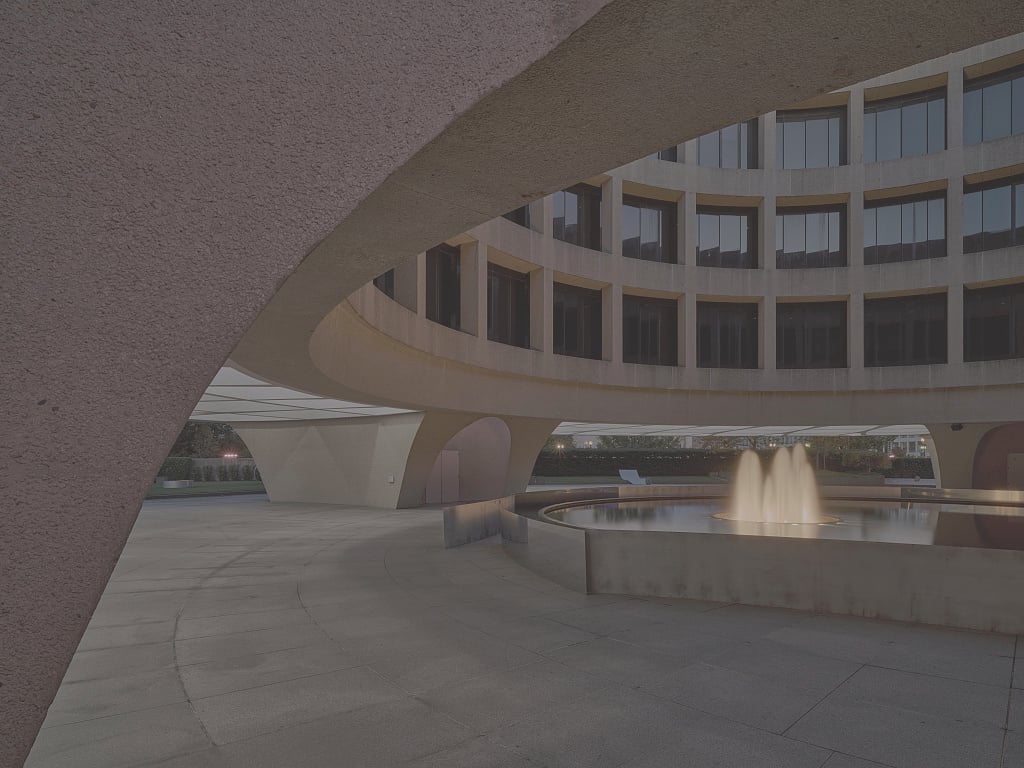Earlier this week, in coverage of the doomed OceanGate voyage to the Titanic site, an intriguing tidbit leapt out: The court that “oversees matters having to do with the Titanic” is apparently located in Virginia. Sorry, what? The world’s most famous shipwreck is managed by a judge in Norfolk? How could that possibly be?
It’s the jurisdiction that’s confusing. The Titanic was a British ship owned by an American company that launched in England and was bound for New York. The ship sank in international waters and its wreckage—located closest to Canada—was discovered by a joint French-American expedition. There’s no obvious tie to Virginia, so why does the U.S. District Court for the Eastern District of Virginia oversee the wreck?
According to experts in maritime law, that story involves a wine decanter from the Titanic and the quirks of a little-known subspecialty called “the law of salvage.” But it all starts with a 19th-century ship that went down off the coast of South Carolina carrying a billion dollars’ worth of gold.
The Case of the S.S. Central America
In 1857, at the height of the gold rush, the S.S. Central America set sail from Panama to New York City, laden with the fruits of the California goldfields. But when the ship broke apart in a hurricane, its treasure sank to the sea floor, where it lay for over a century. Then, in the 1980s, new technology enabled previously untouched artifacts to be hauled up from the deep. Shipwreck fever struck.
Among treasure hunters, the S.S. Central America—known as the “ship of gold”—became something of a grail. Whoever found it was bound to become fabulously rich, and in the fall of 1988, someone did: a marine engineer named Tommy Thompson, who located the wreck a couple hundred miles off the South Carolina coast. “It was absolutely phenomenal,” Thompson told a reporter. “Gold is very bright down there. There were rivers of gold coins, carpets of gold. Bags that held gold dust were long gone, but the dust was stuck together.”
To claim ownership of this gold, Thompson’s expedition had to establish its right to the shipwreck—and in admiralty law, salvage rights are typically granted to the first team that presents a recovered artifact to a court. With multiple competing missions trawling nearby waters for the wreck, Thompson’s team was frantic to get an artifact before a judge.
According to the LA Times, the first thing the team pulled to the surface was “a lump of coal coated with deep-water organisms.” That was good enough; the crew apparently hung it from the ship’s rigging, where a small plane grabbed it and flew it straight to Norfolk. That was their court of choice, according to the book Ship of Gold in the Deep Blue Sea, because its case law seemed favorable to their interests, and there was also a historical connection: Those who were rescued from the sinking Central America were taken to port in Norfolk.
Once the coal arrived at the airport, the expedition’s lawyer rushed it to a judge, who granted Thompson’s team exclusive salvage rights. This outcome wasn’t necessarily expected; before that case, the law of salvage had only been applied to wrecks in US waters close to shore. But the S.S. Central America went down over a hundred miles out at sea, which muddied the jurisdiction. By granting private salvage rights that far out, the court set a new precedent.
As the salvage operation played out, wild drama unfolded in Norfolk, most of it involving a battle between 39 insurance companies, a band of Capuchin monks, and Columbia University. (A different court handled Tommy Thompson absconding with his treasure without paying his investors. He’s now in federal prison in Ohio, because he allegedly refuses to tell prosecutors the location of 500 of the ship’s missing gold coins.)
Amidst this chaos, the Eastern District of Virginia apparently performed well. The S.S. Central America case was a blockbuster—covered in newspapers nationwide—and it helped establish Norfolk as a premier venue for complex legal issues involving shipwrecks.
Enter, Titanic Court
In 1993, representatives of a private salvage company walked a wine decanter recovered from the Titanic wreck site into that same court in Norfolk, seeking exclusive rights to the ship. Typically, salvage rights are granted to the initial discoverer of the wreck—but oceanographer Bob Ballard, who found the Titanic in 1985, had declined to recover any artifacts, believing that the site should remain untouched.
Given that there’s no particular connection between Virginia and the Titanic, why did the wine decanter wind up in Norfolk? Well, salvage companies can choose to land artifacts in whatever court they want. “By the 1990s, Norfolk had actually become a desired location for significant historical shipwrecks,” says Dustin Paul, a Norfolk maritime lawyer. “We have very well-respected judges here who are familiar with these types of issues.”
Ole Varmer, a retired lawyer with the National Oceanic and Atmospheric Administration who specializes in shipwrecks, cites the legacy of the S.S. Central America when explaining how Virginia snagged the Titanic case. With the Central America, he says, “the court asserted for the first time that the law of salvage could be applied to a wreck more than 100 miles outside of U.S. territory.” The Titanic went down in international waters, so Varmer speculates that Norfolk seemed like a friendly court.
In 1994, the Eastern District of Virginia granted salvage rights to R.M.S Titanic, Inc. (known as RMST)—though the rights came with significant caveats. Since the Titanic wreckage is of such obvious historical value—and is the resting place of the more than 1,500 people who drowned—the judge imposed conditions to protect the public interest. Among them, he stipulated that the salvaged artifacts must always remain together (relics can’t be sold off piecemeal), and that the collection must remain available for exhibitions and research.
Such restrictions were unprecedented. “There’s no other case like Titanic,” Varmer says. “No other court has mandated that historic preservation and conservation standards be complied with.” This certainly benefits the public—lots of shipwrecks are sold piece by piece into private collections, meaning that the artifacts aren’t available for research or public display.
Over the years, RMST has salvaged thousands of artifacts, including spittoons, paper currency, leather shoes, branded china, vials of perfume, and a huge piece of the ocean liner’s hull—and the recovery of each of these artifacts has been overseen by the Eastern District of Virginia, making Norfolk a hub for Titanic activity. “We always seek the court’s approval before we take any action at the wreck site,” says Brian Wainger, an attorney for RMST.
In addition, the court regularly reviews plans from various other operations with ambitions to visit the wreck site—including OceanGate, the company that operated the submersible that was lost this week. Letters from OceanGate’s lawyer to the court demonstrate that Eastern District of Virginia Judge Rebecca Beach Smith has been reviewing their expedition plans for multiple years.
On Thursday, the Coast Guard located the wreckage of OceanGate’s Titan submersible about 1,600 feet from the site of the Titanic, close enough that the vessel’s salvage or recovery could plausibly affect the Titanic. Since Judge Smith oversees operations in the vicinity of the Titanic, legal issues surrounding the submersible might also appear in court in Norfolk. This would be yet another high-profile maritime catastrophe to be handled there.
“If there’s litigation about the implosion of the vessel, I wouldn’t be surprised if it ends up in the Eastern District of Virginia,” Varmer says. “The people suing will look for a forum that will be most favorable to them, and in terms of jurisdiction, that would make sense—I don’t know of another U.S. admiralty court that’s asserted jurisdiction on the continental shelf of Canada where this accident occurred.”
Asked about the possibility of legal action, Wainger—the attorney for RMST—hesitates. “What’s most important is these people and their families,” he says, mentioning that P.H. Nargeolet—one of the original discoverers of the Titanic who also worked with RMST—was aboard the wrecked submersible. “Our thoughts are with P.H. and his family, and with the other folks,” Wainger says, “but yes, issues regarding salvage could well end up in the Eastern District of Virginia.”
This story has been updated to reflect the reason that Tommy Thompson’s crew chose to land their coal in Norfolk.

